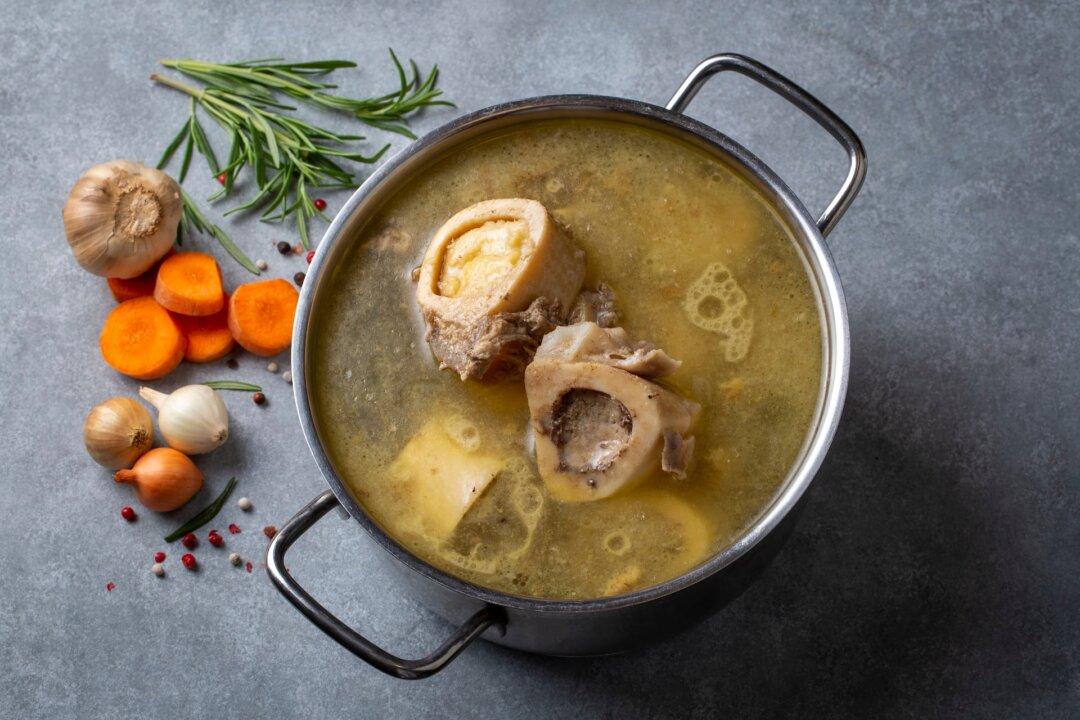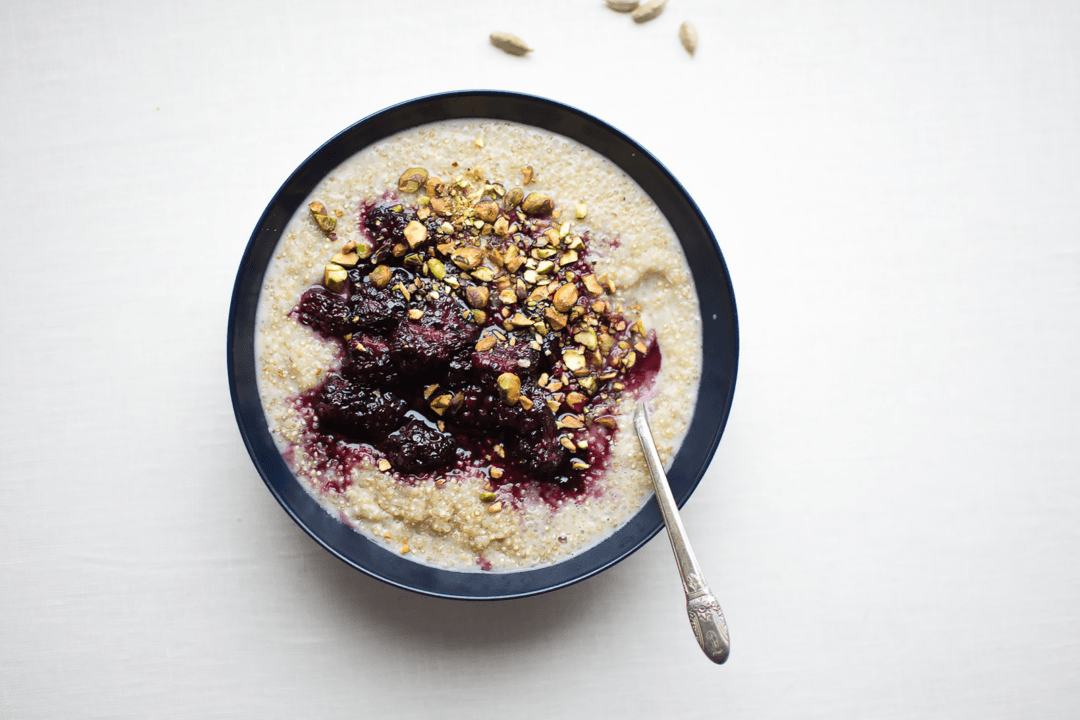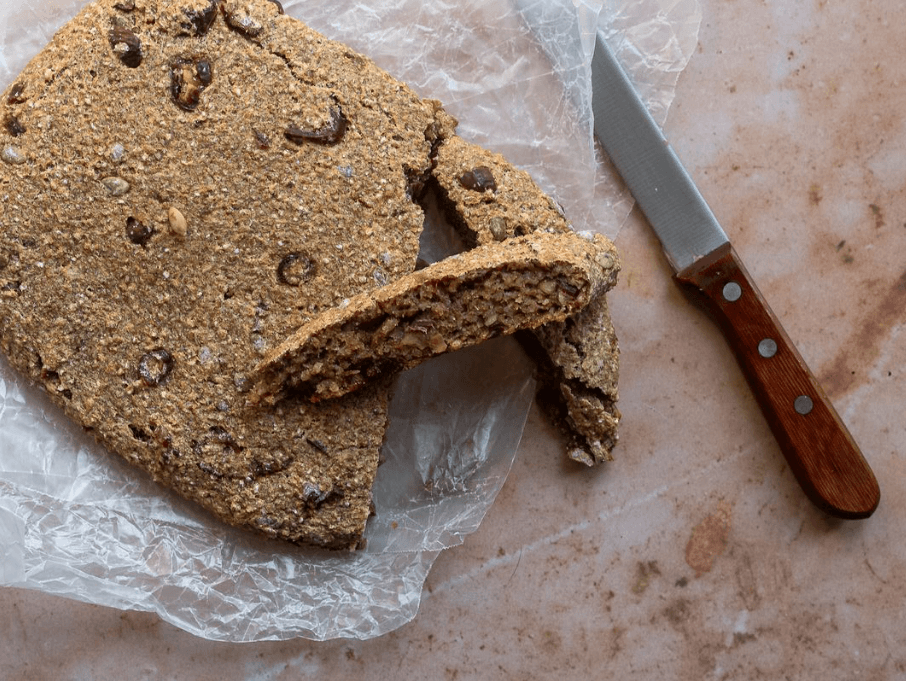Steam rises from the cup, curling in the chilly morning air. Warm and savory, scented with aromatic herbs, it’s not tea or coffee in the mug, but broth.
Sipping broth on winter days is an age-old tradition, long reputed for its healing, restorative qualities. It’s a good source of protein, and its warmth helps relieve stuffy noses and soothe sore throats. Current research supports its use as a deeply healing food. A 2021 study found that bone broth’s plentiful amino acids help calm gut inflammation. Well-made broth is also rich in gelatin, which some research suggests may help strengthen inflamed tissues.





